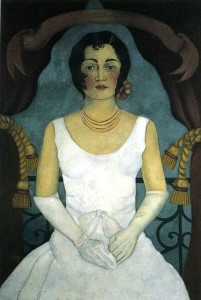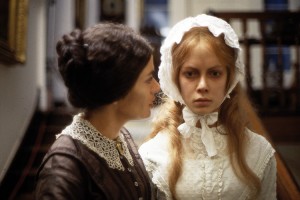“Her fingers had a restless habit, which I remembered in her as a child, of always playing with the first thing that came to hand, whenever anyone was talking to her. On this occasion they wandered to the album, and toyed absently about the margin of the little water-colour drawing. The expression of melancholy deepened on her face,” (142).
I find it very interesting to note that as soon as we discuss Freud’s ideas about repressed trauma through repetitive actions, we get this passage with Laura’s fiddling fingers. But before I get into that, let’s just unpack this a little bit. The word choice in the first sentence proves that it’s not Laura that has a restless habit, but her fingers. In this way, although the audience knows that they are a part of her own body and actions, they are somewhat disconnected. In fact, they almost serve a purpose to distract her from what’s going on around her and more specifically the conversations that she has. Freud would highlight upon the idea that she has been doing this since childhood, and would see this repetitive action as a symptom of some repressed trauma. What that trauma could be, I don’t know, but it’s definitely something that she would have to constantly distract herself from.
However, this repetitive act is a little different because of the object she’s drawn to and what that represents. She moves to the little album of water color drawings that Mr. Hartwright had left, and implicitly we know what’s going on. She misses and loves him. And the fact that her face “deepened with melancholy” proves that. She’s not absentmindedly playing with the thing like she usually does, she’s overwhelmed with emotion.
Finally, Laura consistently gets characterized with child-like associations. Her innocence and pureness radiates throughout the novel, and then with the words in this passage like “restless”, “toyed”, and “playing” it sends the message home.
Because of Laura’s need to distract herself, and her common associations with being a child, it proves that “pure” women need both of these things: to keep themselves busy while also being protected. The Women in White does a good job at implicitly showing this sentiment throughout the novel.

